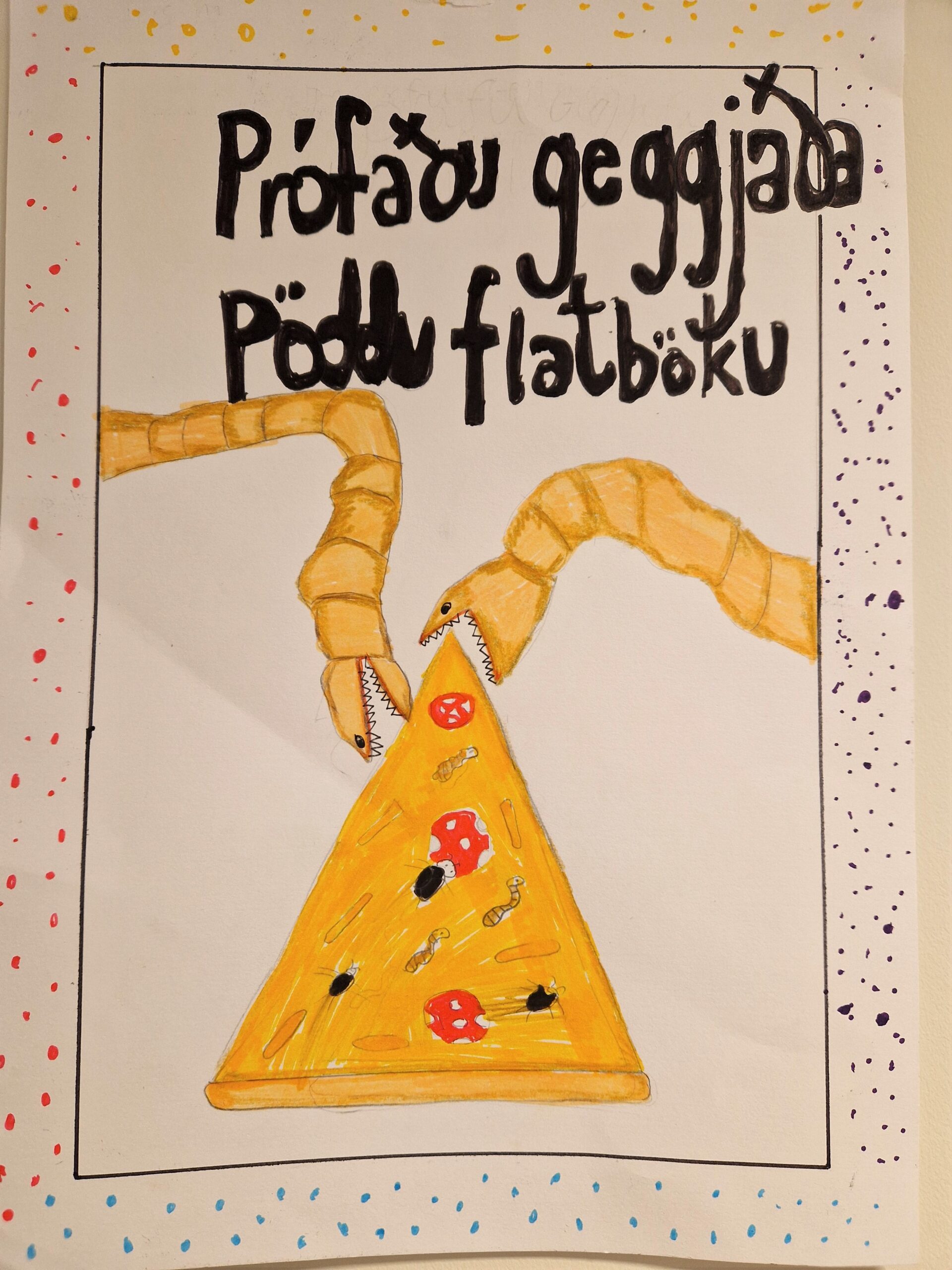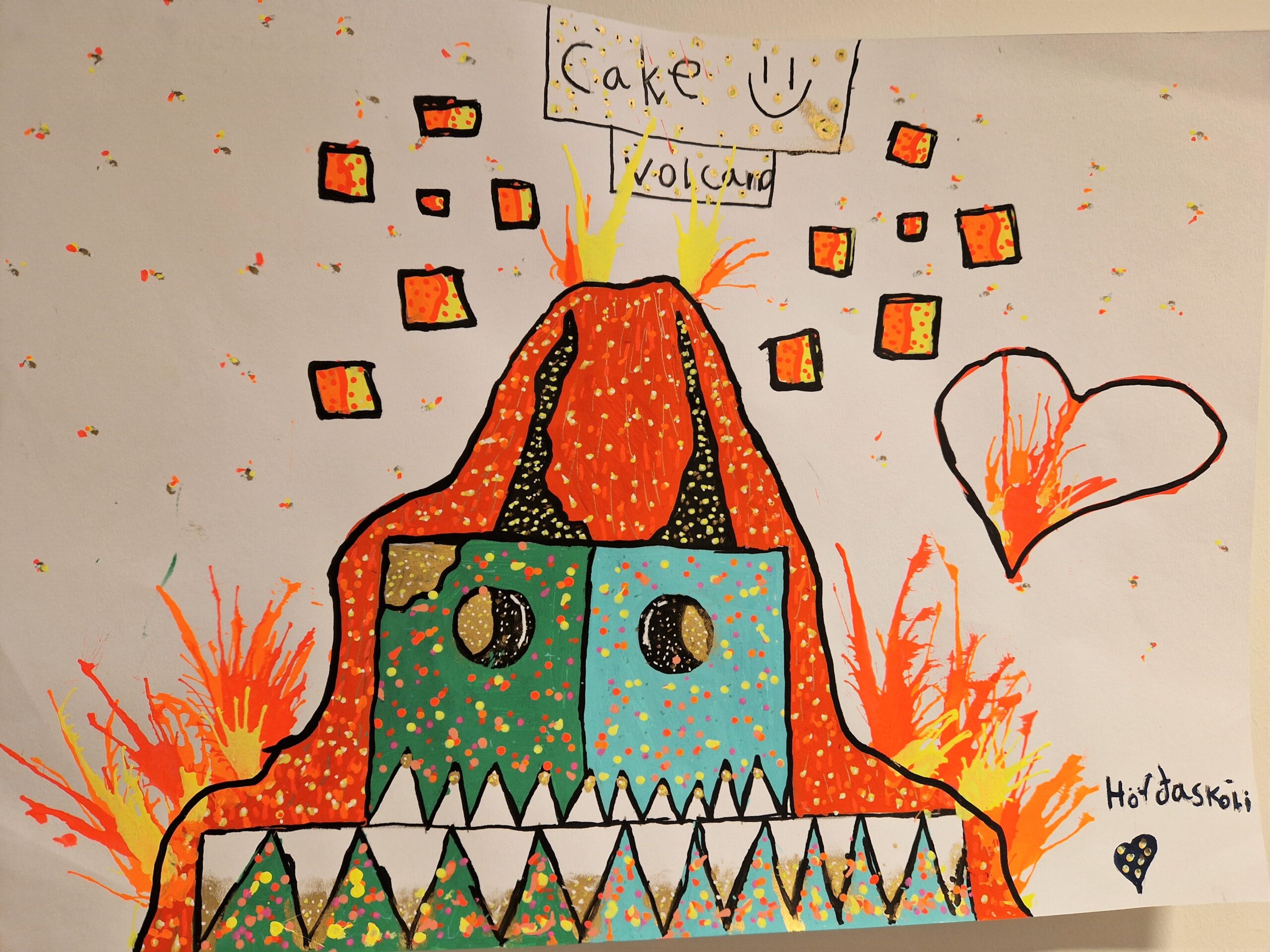The muscle structure and composition may vary along the different portions of fish fillets, which can complicate the quality and storage stability of products. Loins and tails from Atlantic cod (Gadus morhua) and redfish (Sebastes marinus) fillets were therefore stored at −25 °C up to 16 months and 20 months, respectively, to investigate the quality changes influenced by the duration of frozen storage within the fillet portions. Throughout the storage period, the loss of total sulfhydryl groups correlates with increased disulfide bonds, indicating partial oxidative protein degradation. This may be linked with protein denaturation as evidenced by the decrease of soluble proteins, as well as decreased water holding capacity and increased thawing drip loss and cooking loss. The results from the cod samples reveal that stronger degradation changes occur in the tail. The loin, therefore, had more storage stability as well as higher nutritional value. However, other quality attributes were similar between the two portions in the redfish fillets. Higher free fatty acid (FFA) values, lower soluble protein contents, and higher disulfide bond contents were obtained in the cod samples compared to the redfish samples at the same storage time, indicating that lipid hydrolysis and protein degradation effects were stronger in the cod ( lean fish) compared to redfish (medium fat species).
Author: hilduryr@matis.is
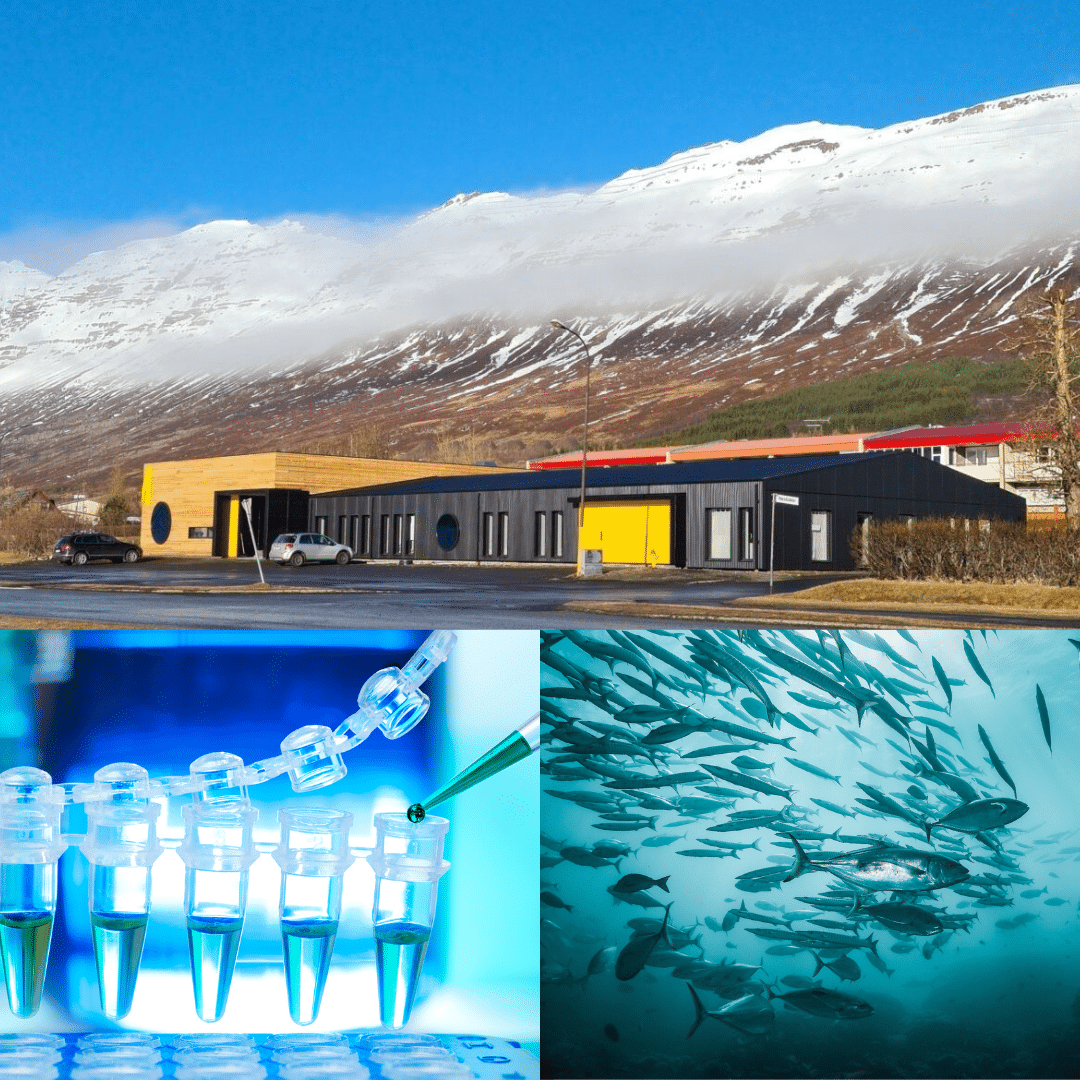
Matís in Neskaupstað recently started measuring Salmonella and Listeria monocytogenis by PCR method. In the past months, efforts have been made to offer new, fast methods for microbial measurements in food and feed using PCR technology as well as rotamine measurements in flour. "We are happy to report that the introduction of this technology greatly increases the service we can provide to our customers," says Stefán Eysteinsson, station manager.
With this method, it is possible to process samples faster and better, but it is only necessary to pre-cultivate Salmonella for 24 hours and Listeria for two days in a traditional bacterial medium before performing a PCR test.
"The total analysis time for Salmonella is therefore shortened from 4 days to 1 day and for Listeria from 6 days to 2 days."

This means that it is possible to detect bacteria in samples earlier and then react appropriately.
Rotamines (biogenic amines) have been used in recent years as certain indicators of the quality of flour, and the fishmeal industry in the region has called for it to be possible to carry out rotamine measurements at Matís' workplace in Neskaupstaður. With the arrival of an HPLC device at the facility, it will now be possible to measure rotamine in flour in Neskaupstaður. It is expected that the arrival of the device will shorten the waiting time for results and increase the variety of measurements in Neskaupstaður.
The adoption of these new methods at the Neskaupstað facility is a sign of the continued development of Matís in the countryside, but it is clear that these methods will be crucial for customers.
On this occasion, we at Matís in Neskaupstaðar would like to invite you to visit us on Wednesday, March 6 at 16:00, at Múlann, Bakkavegi 5.
It would be great to see as many of you as possible. Please confirm your arrival and expected number by entering your name and email address here!

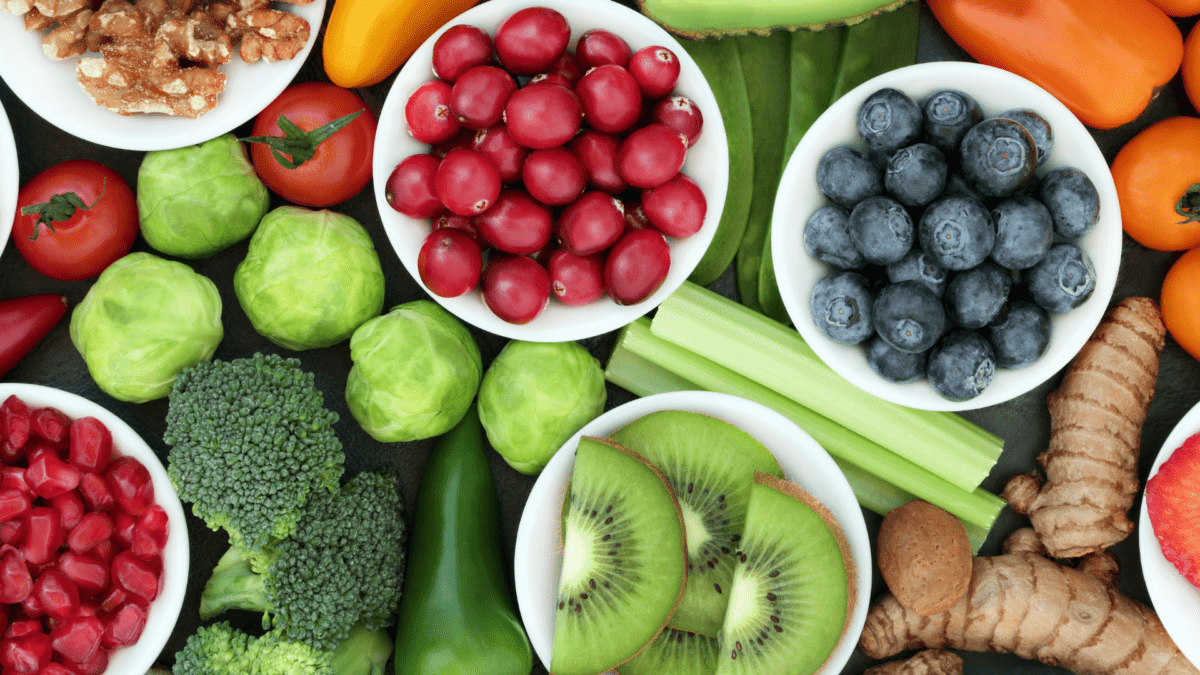
- Are you interested in food?
- Do you want to participate in the development of a sustainable food culture?
- How do you think food in schools should be made healthier and more sustainable?
- Do you want to meet other young people from the Nordic countries with an interest in food?
What food event is this?
- Youth madmøde
- Location: Engestofte Gods in Lolland, Denmark.
- Date: 30 May 2024
- The event is divided into three parts: a cooking school, a food camp and a seminar on food in schools.
- Part of Madens folkemøde which will be held on May 31 -1. June.
What would my role be at the event?
- Participate in preparing Icelandic dishes/food for tasting
- Participate in discussions at the forum
- Travel and subsistence expenses are paid.
Conditions for participation:
- Be between the ages of 16-18
- Have an interest in food and cooking
- Can communicate in English, Danish, Norwegian and/or Swedish
How can I apply to participate?
Submit a short video (about 2-3 minutes, taken on a phone) at thorav@matis.is and report:
- Name, age, school/program (if studying).
- Why you want to join.
- Whether you have attended courses related to food, eg health, cooking, sustainability.
- Experience cooking.
Application deadline March 8, 2024.
Answers to applications will be answered no later than March 18, 2024.

Matís's food factory has a kitchen and processing facilities with a wide range of cooking equipment so that a variety of food processing can be carried out. Verandi is one of the companies that has used Matís' food factory.
Verandi is an Icelandic manufacturing company that produces high-quality hair and body products from by-products from the Icelandic food industry, agriculture and various natural and environmentally friendly materials. Here you can see the staff of Veranda at work in Matís' food factory preparing cucumber masks and serums from cucumbers from Laugaland.
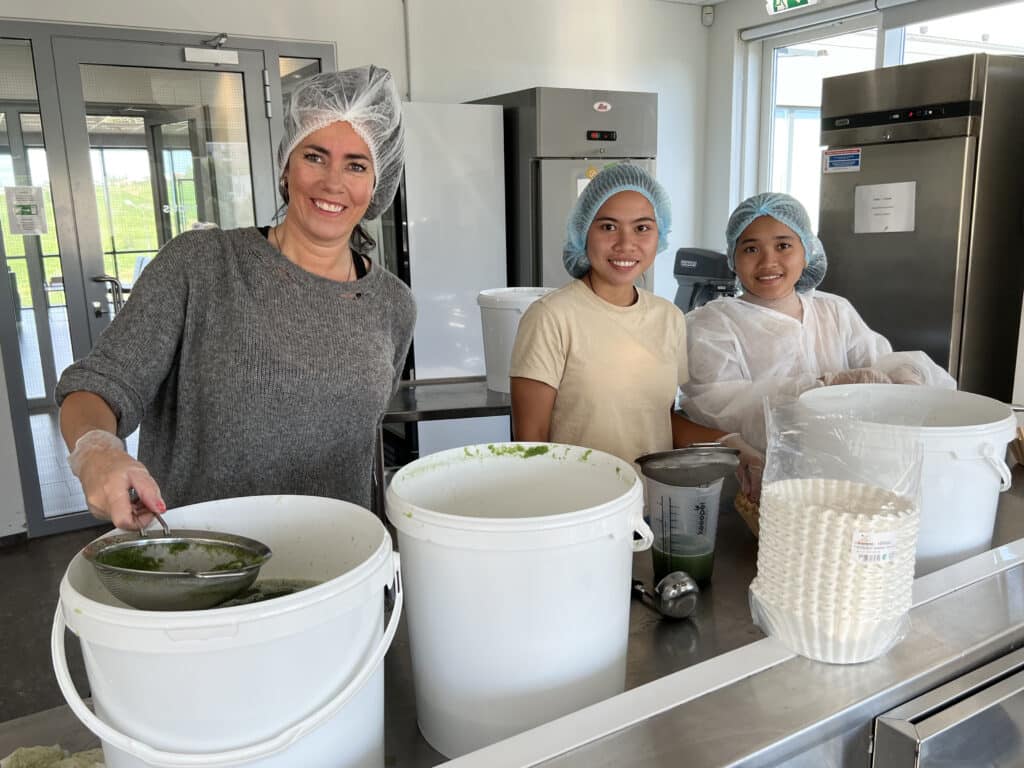
Rakel Garðarsdóttir and her law school sister, Elva Björk Bjarkardóttir, founded the cosmetics company in 2017. The idea came from Vakandi, an organization that Rakel founded to raise awareness about various types of waste, especially food waste. The main basis of the products are by-products from agriculture or raw materials that are produced during other production and are usually thrown away. In this way, the earth's resources are not being used in the same way to create products, which are far from unlimited, but the circular economy is supported.
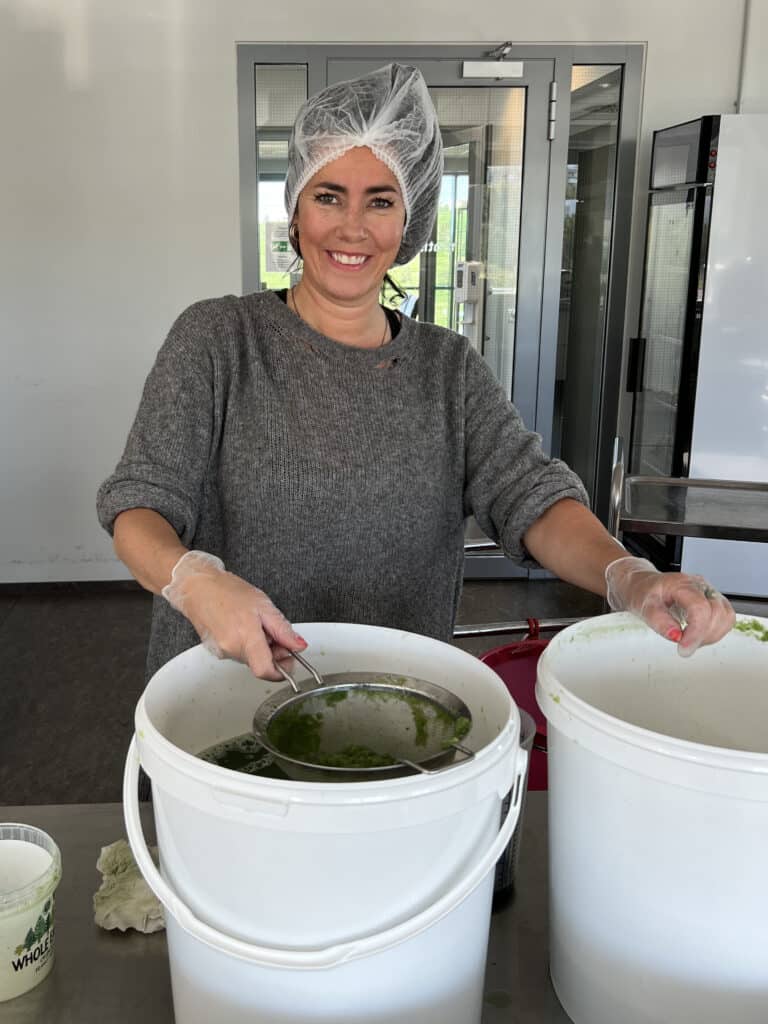
Being uses raw materials for the products that would otherwise be wasted and therefore does not have to have raw materials produced for him separately, except only for some of the ingredients. With this, they want to participate in the fight against waste through a better use of resources.
Are you interested in learning more about Matís' food factory? You can find all the details here:
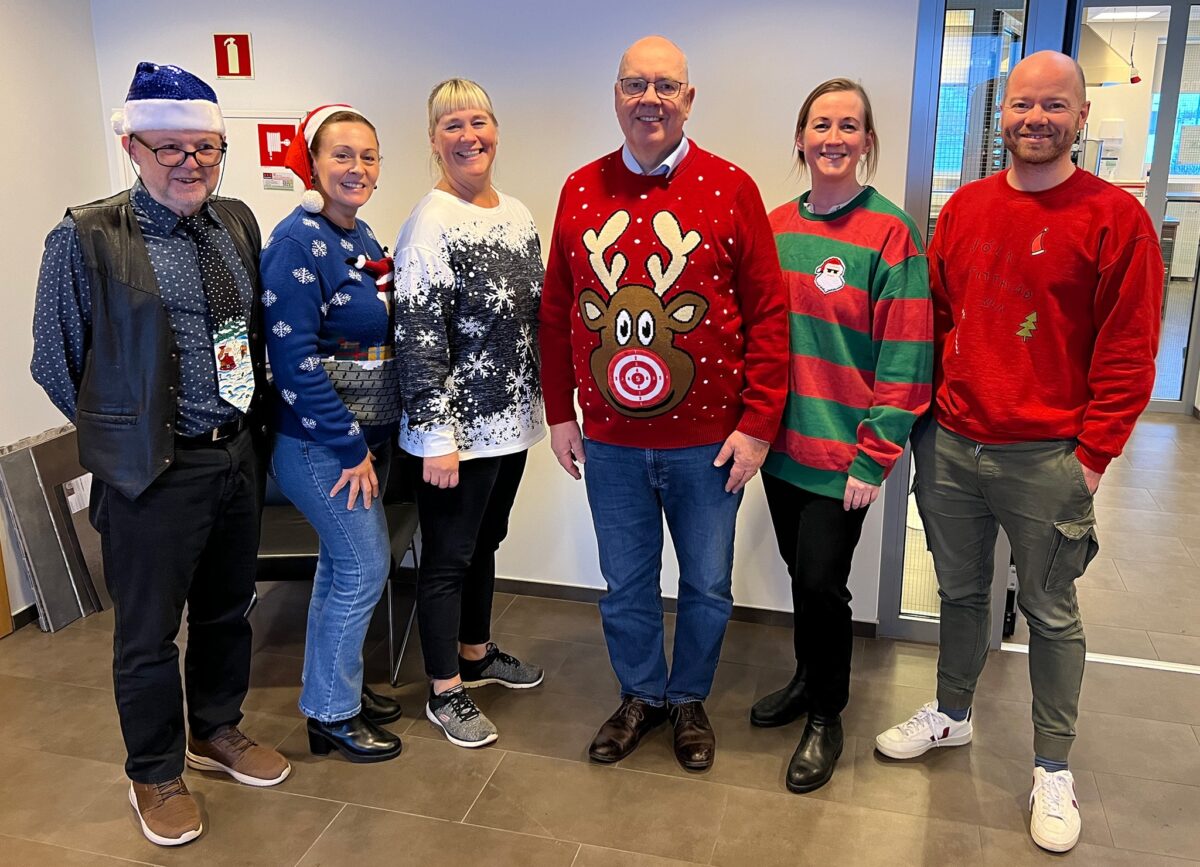
Matís' opening hours for Christmas and New Year will be as follows:
//
Opening hours at Matís in Reykjavík during the holidays:
December 25: Closed
December 26: Closed
December 27: 8:30 a.m. – 4:00 p.m
December 28: 8: 30–16: 00
December 29: 8:30am–3:00pm
December 30: Closed/closed
December 31: Closed
January 1: Closed
January 2: Closed
After that, the normal opening hours will take effect again.
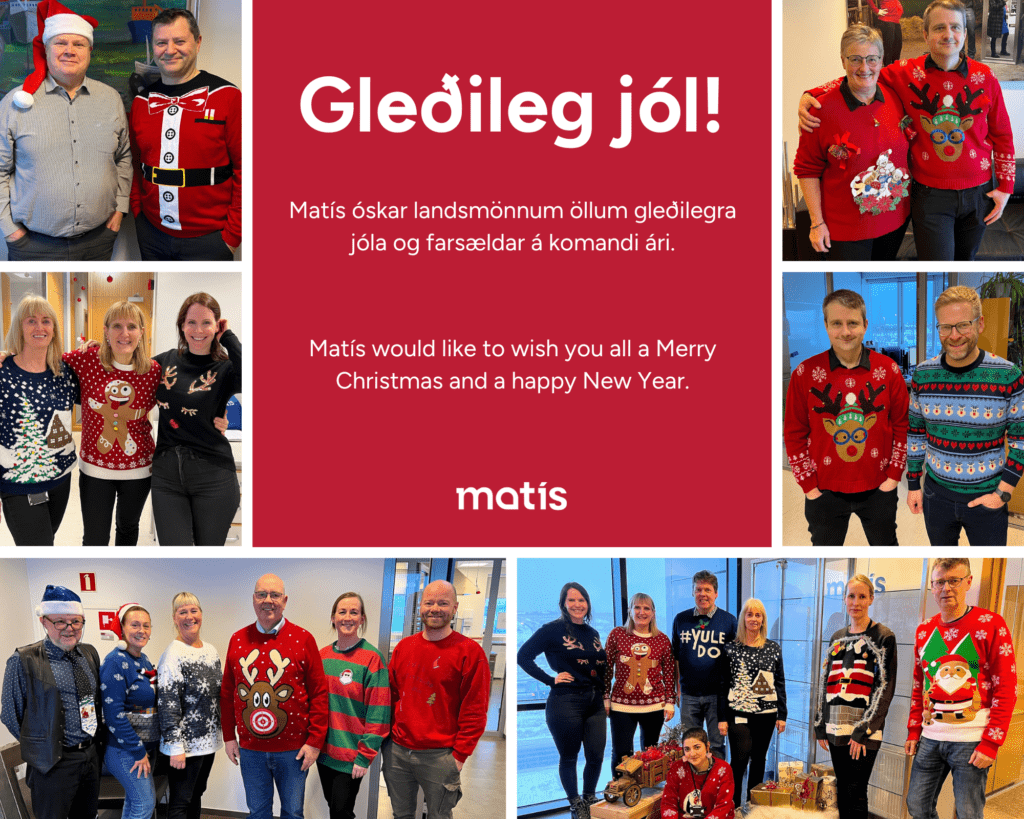
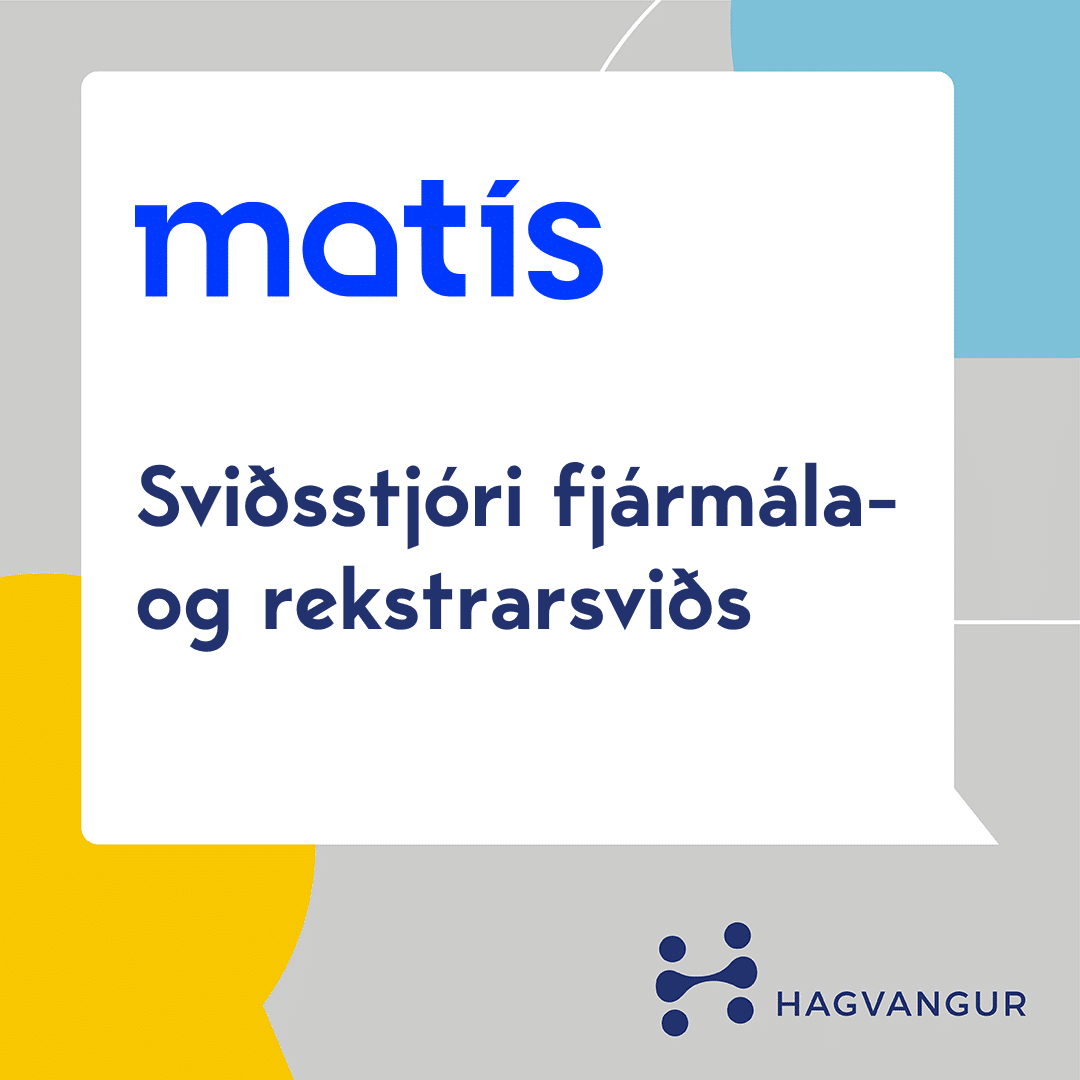
Matís is looking for a manager of the finance and operations department. The job involves a lot of communication, negotiation and analytical work. The division manager reports to the CEO.
Main tasks and responsibilities
- Day-to-day management and responsibility for the division's finances, operations and staffing
- Financial planning in collaboration with department managers
- Financial settlement of Matís and settlement of individual projects
- Financial analysis work
- Responsibility for project accounting
- Development of management information and operational metrics
- Supervising the operation of real estate, canteen, equipment, computer system and software
- Overseeing the implementation and development of ICT projects
- Negotiating and communicating with numerous parties
Qualification requirements
- University education in the field of finance, operations
- Experience in accounting and settlements
- Experience in management and operations
- Good analytical skills
- Strong communication and organizational skills
- Good knowledge of financial software
- Experience with digital development and operation of IT systems is desirable
Applications must be accompanied by a detailed CV and cover letter. The application deadline is 23 November. All genders are encouraged to apply.
Information provided by Geirlaug Jóhannsdóttir, geirlaug@hagvangur.is
Matís is a leader in the field of food research and biotechnology. At Matís, there is a powerful group of around 100 employees who are passionate about finding new ways to maximize the use of raw materials, increase sustainability and promote public health. Matís' role is to strengthen the competitiveness of Icelandic products and business life and ensure food safety, public health and sustainable use of the environment through research, innovation and services. Matís focuses on practical research that increases the value of Icelandic food production, promotes the safety and wholesomeness of products and the sustainable use of natural resources.
Current patterns of meat consumption are considered unsustainable. Plant-based products are presented as a solution. However, while some plant-based products thrive, others do not make the cut due to the information "framing" effect issues related to the way information is presented to the consumers. Information on the nutrition and health properties of food products are usually made available at the point of purchase, but their effect on consumer product evaluation and subsequent purchase intent can also occur later, during or after consumption. This research demonstrates that the effect of nutrition information on product evaluation and purchase intention depends on when such information is made available–before first tasting or after first tasting–and that the information interacts with the taste experience in its effect on product evaluation and subsequent purchase intent. Using three plant-based products as an example, we conducted a cross-cultural experimental sensory evaluation with temporal order of information as the main between-subject experimental condition (informed before taste vs. informed after taste vs. control condition), and product experience phase (expectation vs. experience vs. post-experience phase) and information content as within-subject conditions. Information content had two levels: lower vs. higher share of oat protein in the product (ie, source of protein vs. high in protein). The results indicate that information generally increases consumers' purchase intentions with information before tasting having a higher weight when compared to the condition when information was presented after tasting. Presenting the information before tasting also mitigates a drop in the evaluation of taste after tasting, observed in the two other conditions. Further, taste acts as a healthiness cue, but the direction of the inference depends on the availability of health-related information: tasting in the informed condition increased the healthiness perception, whereas tasting in the uninformed condition had the opposite effect. Giving the information before the first tasting also increased the weight of healthiness as compared to taste in the formation of purchase intentions. These findings contribute to a better understanding of the effect of temporal order of information and product tasting have on the consumers' product evaluations of plant-based products from theoretical and managerial perspectives.

This summer the project was completed NextGenProteins, which Matís is working on, for a photo competition for students aged 8-10. The topic was the food of the future, and the students sent in their graphic representation of how they envisioned the food of the future.
It is nice to say that the photo competition received more than 50 magnificent photos from elementary schools from all over the country. The pictures were hung inside the walls of Matís and staff and visitors were given the chance to vote for their favorite picture. Three films won outright and there was a lot to win. The first prize was a Nintendo Switch Light computer, the second prize was ISK 15,000. a gift certificate to Smáralind and the third prize was ISK 10 thousand. gift certificate in Spilavini. All winners have been contacted.
Here you can see the top three places in the photo competition:
The winning photo has been sent to Germany, where it will be shown at the final conference of the NextGenProteins project, together with the winning photos of other nations participating in the project.
Matís and NextGenProteins would like to thank everyone who participated in the photo competition for their participation!
Resource polymorphism has been proposed as an important phase of diversification and speciation in vertebrates. Studies of fish in young lakes of the Northern Hemisphere indicate variably advanced cases of adaptive trophic diversification. We have previously proposed a scheme describing this variation in terms of a gradient of resource-based polymorphic traits, emphasizing flexible behavior in early phases and morphological divergence in more advanced phases. Here, we present data on Arctic char (Salvelinus alpinus) in Icelandic lakes exhibiting a variable degree of phenotypic and genotypic segregation. We show that (i) the morphs are at different levels of phenotypic segregation and reproductive isolation and in one case completely reproductively isolated, (ii) morphs within lakes appear to be of intralacustrine origin, and (iii) the morphological and genetic divergence of morphs is correlated, suggesting a role for trophic adaptation as a driving force in morph segregation.
The biology of Brown trout (Salmo trutta) and Arctic charr (Salvelinus alpinus) was studied in four Faroese lakes in late July – early August 2000. Relative density and condition of Brown trout were lowest in Leynavatn and highest in Saksunarvatn. Arctic charr only occurred in Leynavatn, where it outnumbered brown trout by a factor of 2.7. For all fish populations, growth rates were slow, fish were small and maximum age of fish was low. The oldest fish in Toftavatn was 5+yr and the oldest fish in the study, in Saksunarvatn, was 9+yr. Asymptotic length was approx. 21 cm for arctic charr in Leynavatn and approx. 25 cm for Brown trout in both Leynavatn and Toftavatn, but for Brown trout in Eystara Mjáavatn and Saksunarvatn, no asymptote was observed. Small but significant differences in morphology were observed among brown trout populations with corresponding differences in diet. Brown trout in Toftavatn had a more forked caudal fin and the diet was more pelagic/epibenthic than in the other lakes. In Leynavatn, Brown trout fed more on benthic diet and had a more curved snout than Brown trout in the other lakes, which may be signs of character displacement resulting from interspecific competition with Arctic charr. The Arctic charr in Leynavatn did not show signs of morphological or ecological polymorphism and their diet was both of benthic and planktonic origin. Genetic analyzes of Arctic charr showed minor variation at most loci, high homozygosity and genotypic disequilibrium between three loci, indicating extensive inbreeding and random genetic drift in a small, isolated population. It is suggested that the restriction of Arctic charr to one natural lake in the Faroe Islands is primarily due to unfavorable water temperatures. Evidence suggests that the slow growth, small size and short lifespan of Arctic charr and Brown trout in Leynavatn may be due to interspecific competition between the two species along with relatively poor food conditions in the lake.


